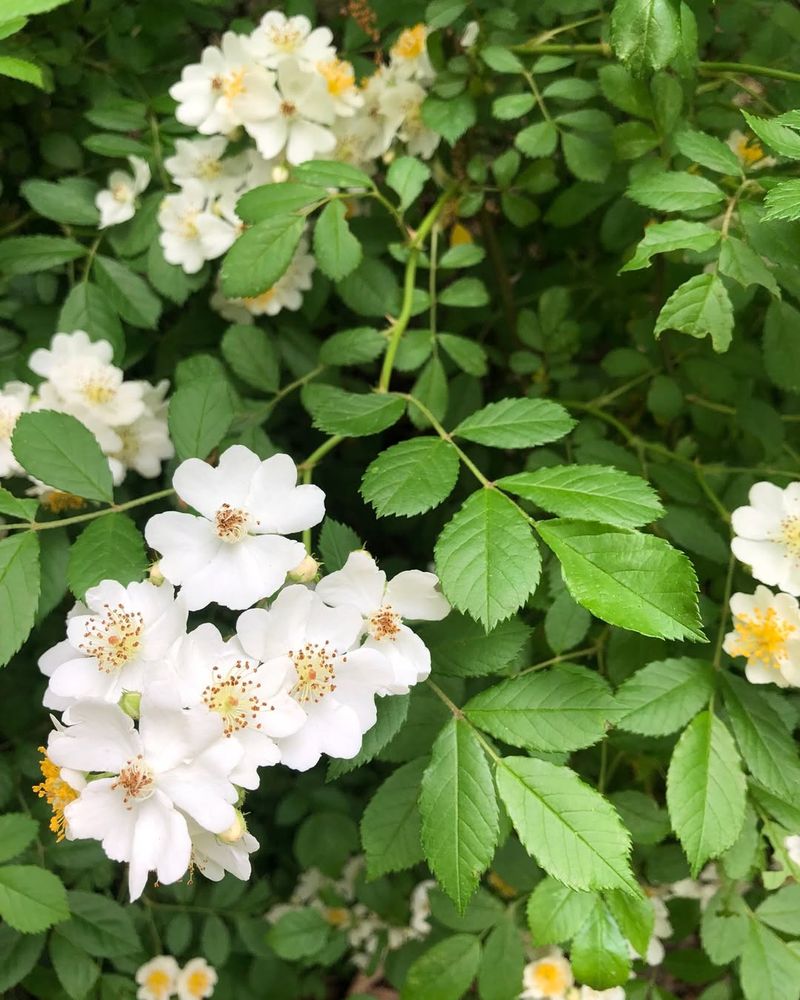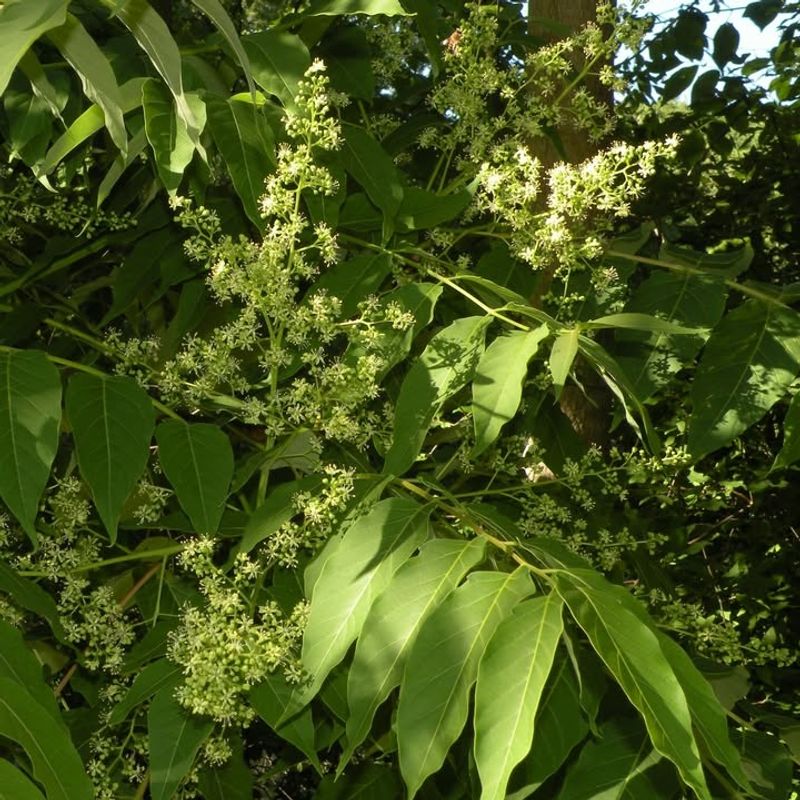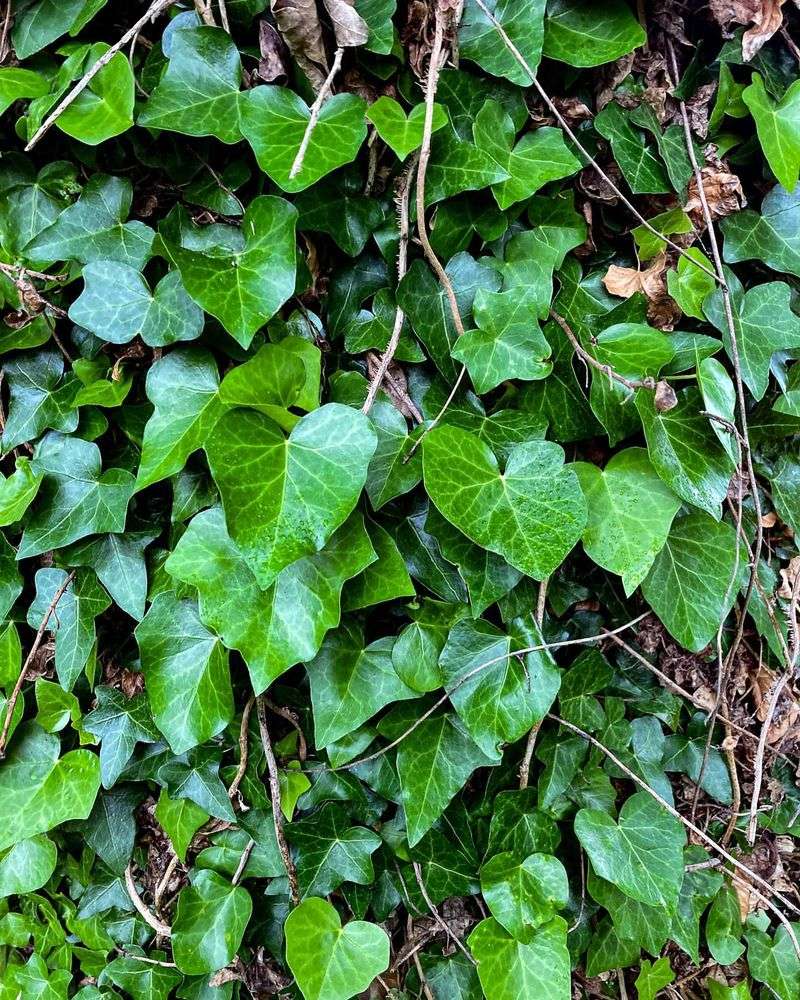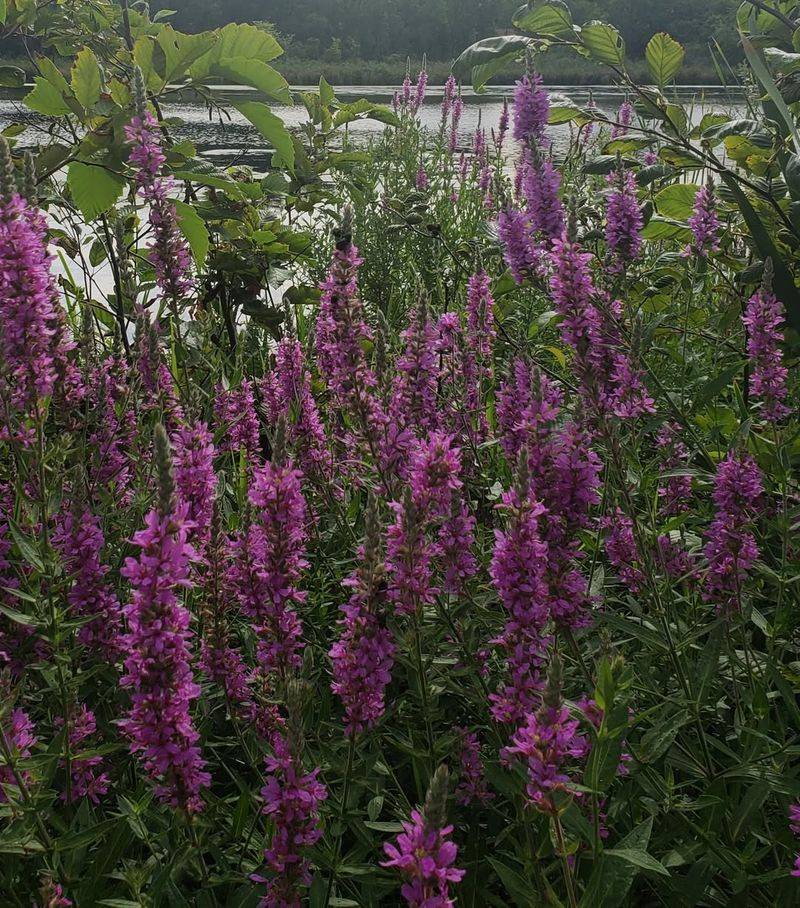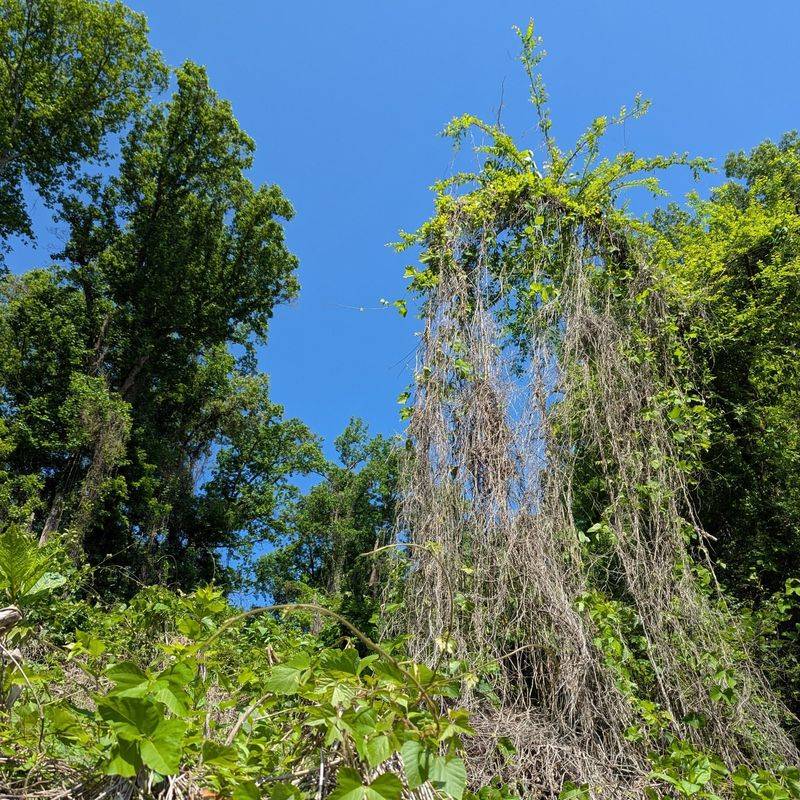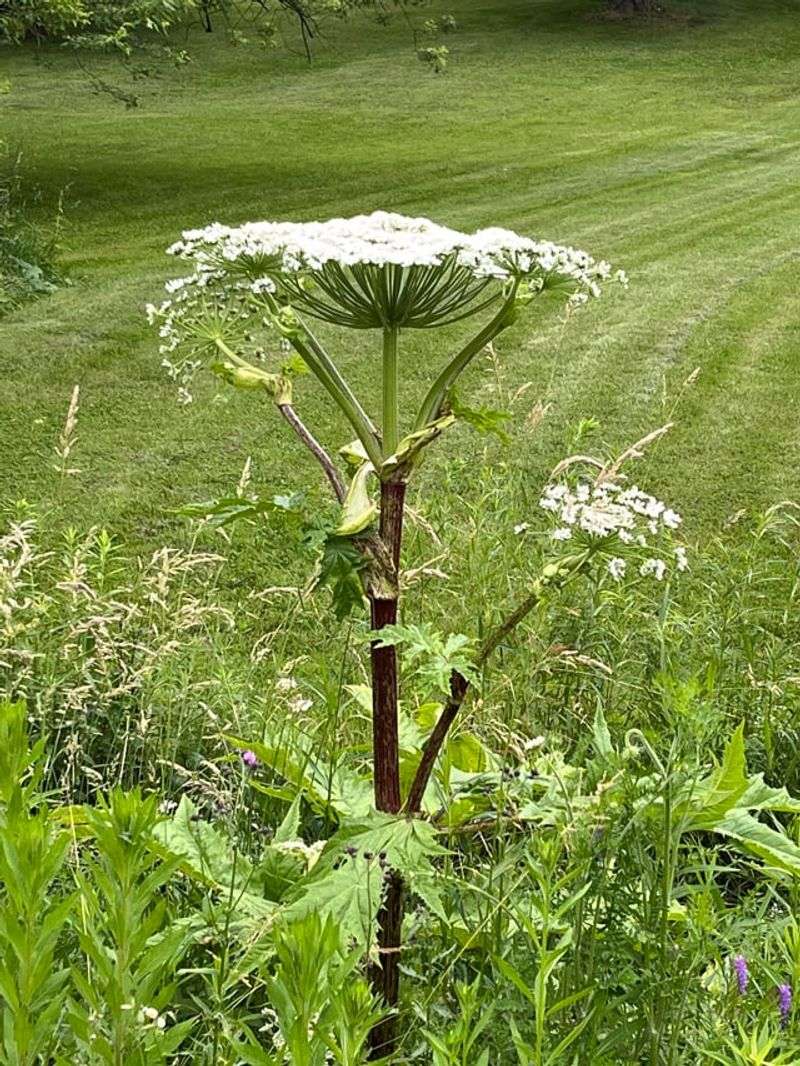Some plants in Maryland raise red flags the moment anyone tries to haul them from one spot to another. State rules draw a firm line in the sand, and crossing it can land a gardener in hot water fast.
Certain species cause enough harm to ecosystems that officials keep tight control on movement, no excuses offered. The list may surprise folks who assume any plant can hop from yard to yard without a hitch.
1. Japanese Barberry
Gardeners once loved this shrub for its colorful foliage and low maintenance needs. However, Japanese barberry creates perfect hiding spots for ticks that carry Lyme disease, making it a public health concern.
The plant spreads rapidly through bird-dispersed seeds, crowding out native vegetation in forests and parks. Maryland restricts its movement to prevent further environmental and health problems.
If you already have this plant, consider replacing it with native alternatives like inkberry holly or Virginia sweetspire for safer landscaping choices.
2. Mile-a-Minute Weed
With a name that hints at its aggressive growth, this vine can actually grow six inches per day during peak season. Its barbed stems latch onto everything, smothering trees, shrubs, and crops beneath thick blankets of foliage.
Farmers and forest managers battle this Asian native constantly because it damages valuable timber and reduces crop yields. Moving this plant is illegal because even tiny fragments can start new infestations.
Always inspect firewood and equipment before transporting them to avoid accidentally spreading this troublesome vine.
3. Multiflora Rose
Believe it or not, farmers once planted this rose intentionally as natural fencing for livestock. Those good intentions backfired spectacularly when the plant escaped cultivation and invaded pastures, forests, and roadsides across Maryland.
Dense thickets form impenetrable barriers that reduce land value and harm wildlife habitat. Birds spread the seeds far and wide, creating new problem areas constantly.
Maryland’s movement restrictions aim to contain existing populations while preventing spread to unaffected regions. Native roses offer beautiful alternatives without the invasive behavior.
4. Tree Of Heaven
Despite its heavenly name, this tree causes earthly problems throughout Maryland. Originally brought from China as an ornamental species, it now invades forests, yards, and even cracks in pavement with alarming persistence.
The tree releases chemicals that poison surrounding plants, giving it an unfair competitive advantage. It also hosts the spotted lanternfly, an agricultural pest threatening vineyards and orchards.
Cutting it down often makes things worse because the roots send up dozens of new shoots. Maryland restricts movement to limit its devastating ecological and economic impact.
5. English Ivy
Charming as a ground cover or wall decoration, English ivy turns sinister when it escapes into natural areas. The evergreen vine climbs trees so aggressively that it blocks sunlight and adds dangerous weight to branches.
Heavy ivy coverage makes trees more likely to fall during storms, creating safety hazards and property damage. It also forms dense mats on the ground that prevent native wildflowers from growing.
Maryland’s restrictions recognize that this popular landscaping plant poses serious threats to forest health. Native alternatives like Virginia creeper provide similar beauty without the risks.
6. Purple Loosestrife
Wetlands burst with vibrant purple when this plant blooms, creating scenes that look stunning in photographs. Unfortunately, that beauty comes at a terrible cost to native wetland ecosystems throughout Maryland.
Each plant produces millions of tiny seeds that spread through water, mud, and wildlife. Dense stands replace cattails and other native plants that waterfowl and wildlife depend on for food and shelter.
Movement restrictions help protect Maryland’s valuable wetlands from further invasion. Gardeners seeking purple flowers should choose native alternatives like ironweed or blazing star instead.
7. Kudzu
Nicknamed the vine that ate the South, kudzu grows with frightening speed across everything in its path. Telephone poles, abandoned buildings, and entire forests disappear beneath its leafy blanket during summer months.
A single vine can grow sixty feet in one season, destroying trees by blocking their access to sunlight. The plant also damages infrastructure and makes land unusable for agriculture or recreation.
While less common in Maryland than further south, strict movement restrictions aim to keep it that way. Prevention is far easier than eradication once kudzu establishes itself.
8. Giant Hogweed
Standing up to fifteen feet tall, this plant looks impressive but hides a dangerous secret in its sap. Contact with the clear fluid causes severe burns and blisters when exposed to sunlight, creating painful injuries that can last for months.
Children are especially vulnerable because they might not recognize the danger before touching the attractive flowers or hollow stems. The plant spreads along waterways and roadsides, increasing public safety risks.
Maryland takes its movement restrictions seriously because giant hogweed threatens both human health and native plant communities. Report any sightings to local authorities immediately.




